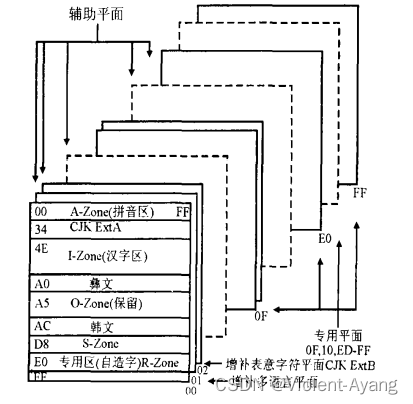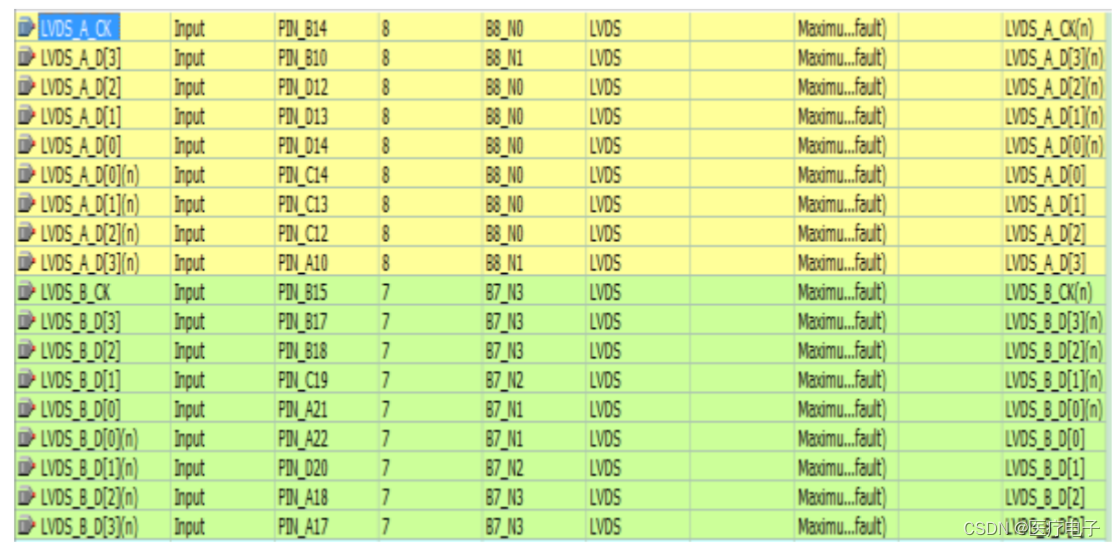
-
1. 前言
-
2. 普通方法数组去重
-
3. filter + indexOf
-
4. ES6 的 new Set()
-
5. 需要注意的问题
1. 前言
本文提供两个数组变量供测试使用
const array = ['html', 'css', 'js', 'css']const resArr = ['html', 'css', 'css', [1], [1]]
2. 普通方法数组去重
下面列举几种数组去重的方法思路都一样:
遍历数组,将数组元素添加到新数组中,新数据中已有该元素,则不添加到新数组
// for + indexOfconst res = [];for (let index = 0; index < array.length; index++) { res.indexOf(array[index]) === -1 && res.push(array[index])}// forEach + indexOfconst res = [];array.forEach(item => { res.indexOf(item) === -1 && res.push(item)})// reduce + includesconst res = array.reduce((total, item) => { !total.includes(item) && total.push(item) return total;}, [])
3. filter + indexOf
使用 filter + indexOf 的方式可以使代码变为更简洁
filter() 方法过滤数组,只保留满足条件的元素。indexOf() 方法判断元素首次出现的下标是否为当前遍历的下标
// ['html', 'css', 'js']const res = array.filter((item, index) => array.indexOf(item) === index)
4. ES6 的 new Set()
利用 Set 结构不能接收重复数据的特点
const res = [...new Set(array)]
5. 需要注意的问题
当数组中存在引用类型的元素时,引用类型元素无法保持唯一性
const resArr = ['html', 'css', 'css', [1], [1]]// ['html', 'css', 'css', [1], [1]]const res = resArr.filter((item, index) => resArr.indexOf(item) === index)


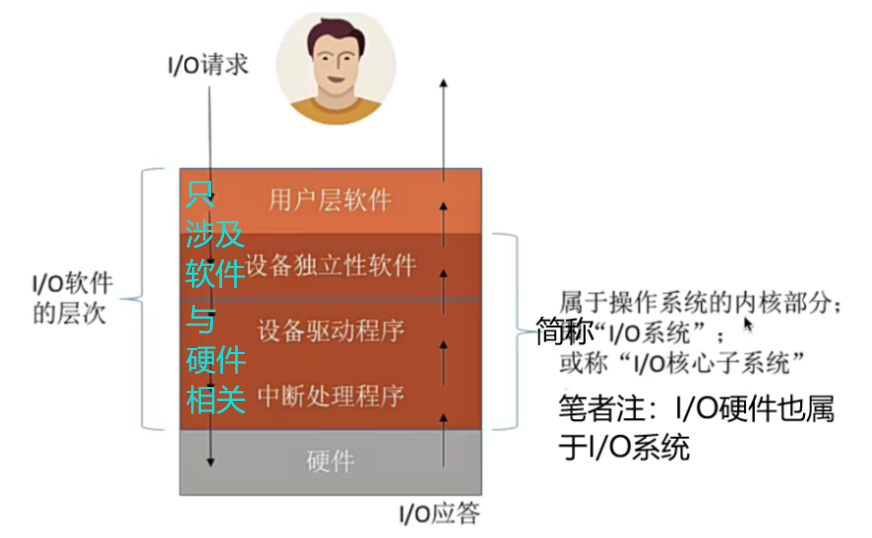






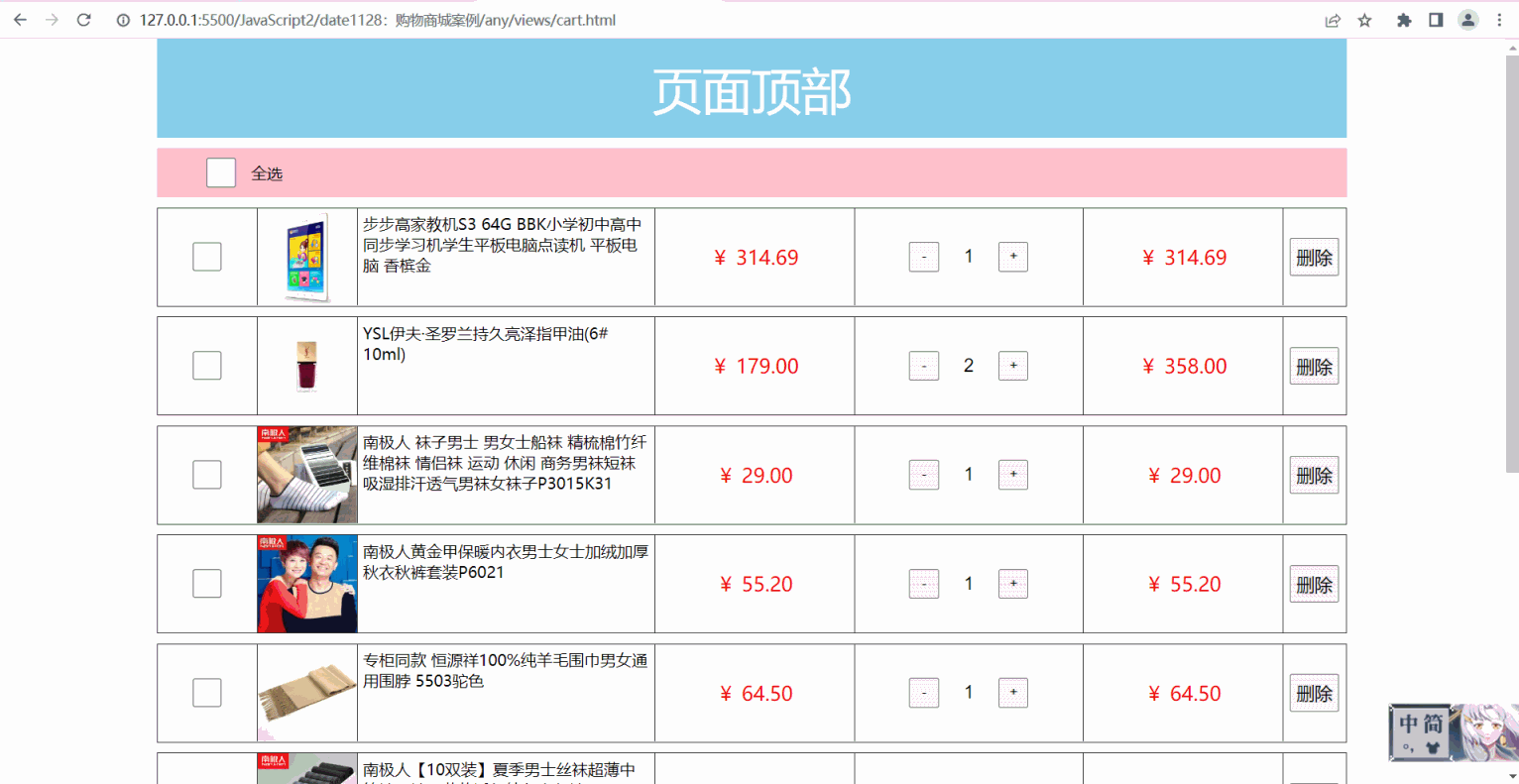
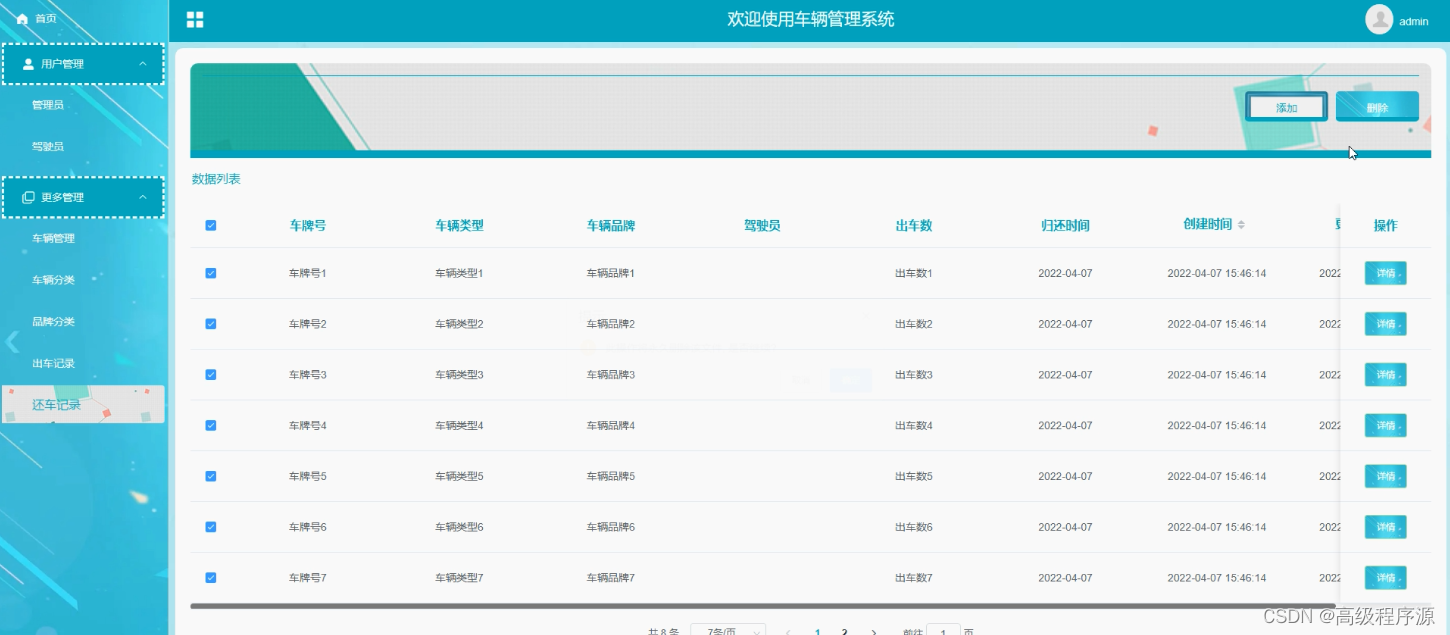
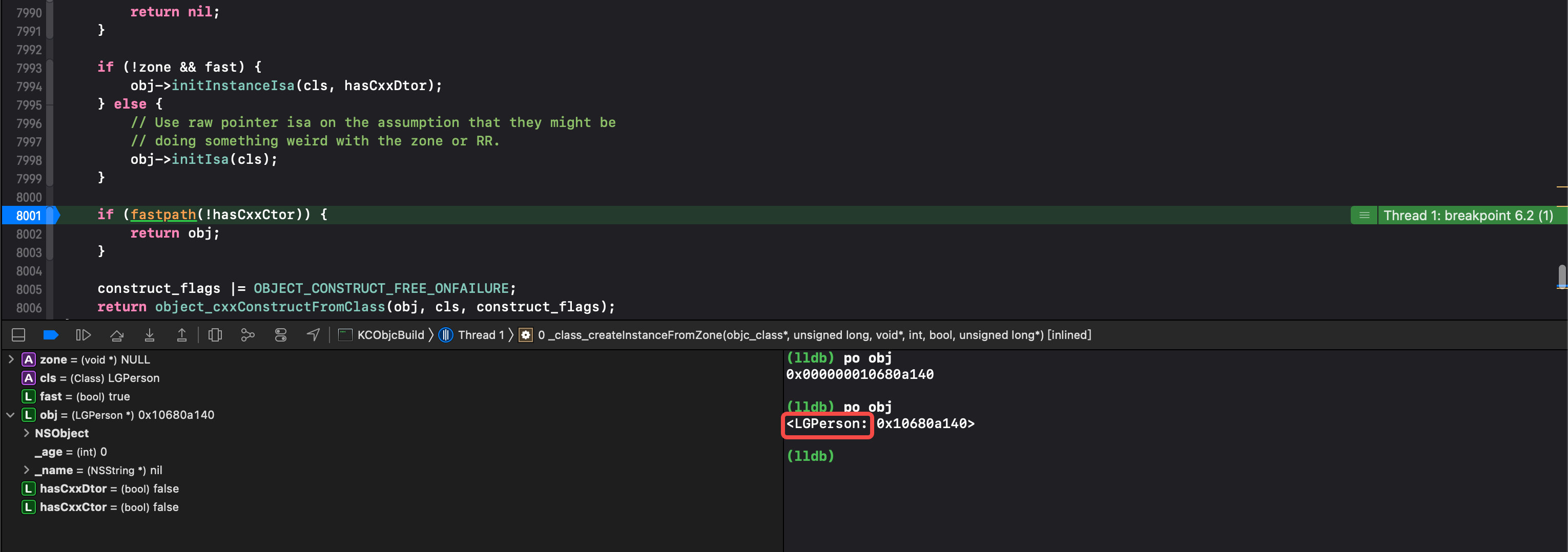
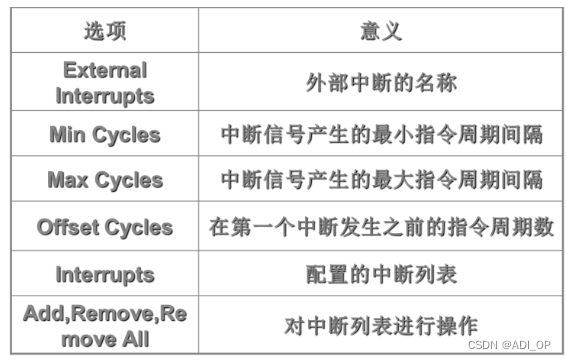
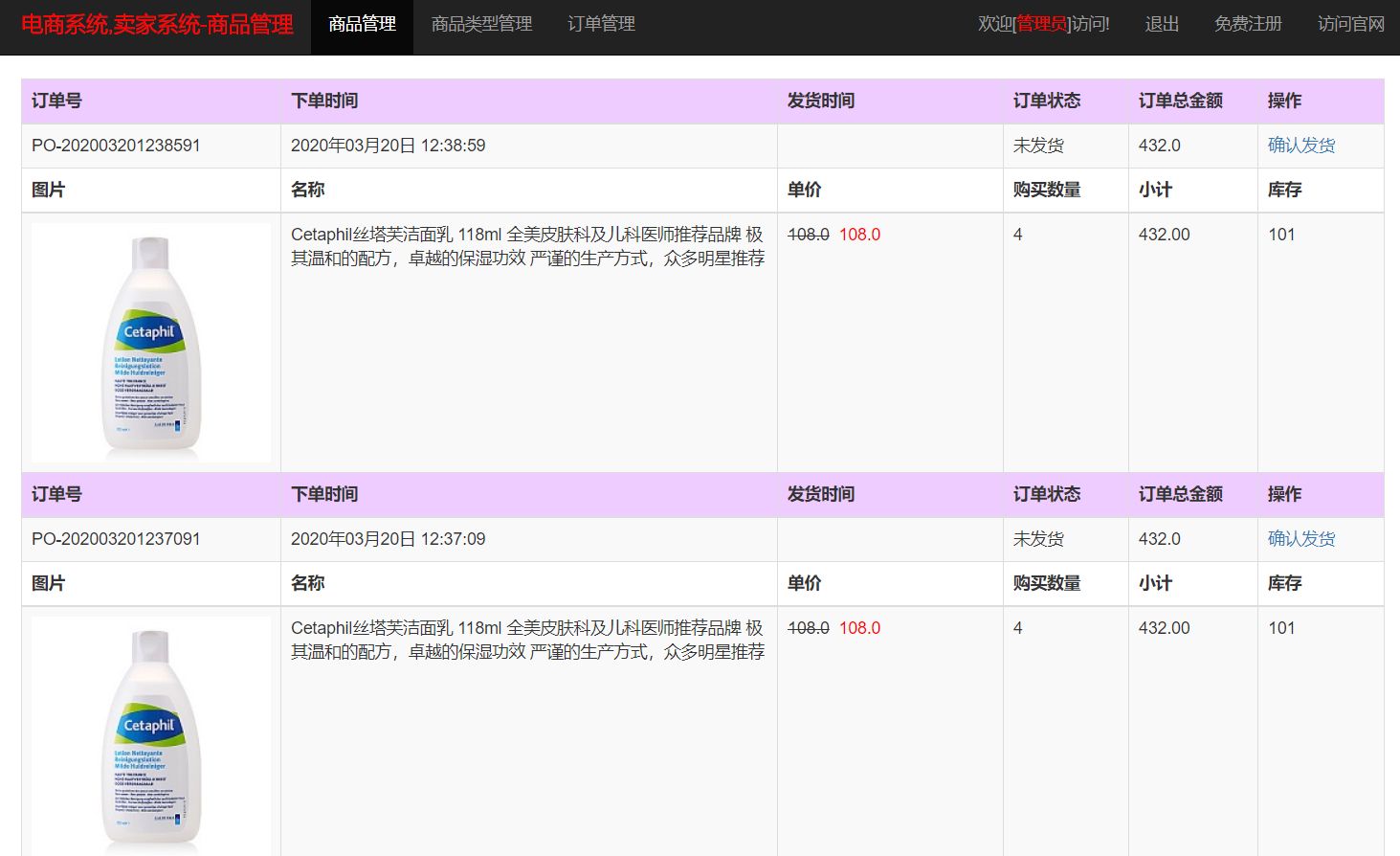
![[附源码]计算机毕业设计酒店物联网平台系统Springboot程序](https://img-blog.csdnimg.cn/30b74a78aced4c44af21865dc0a7ce0a.png)
